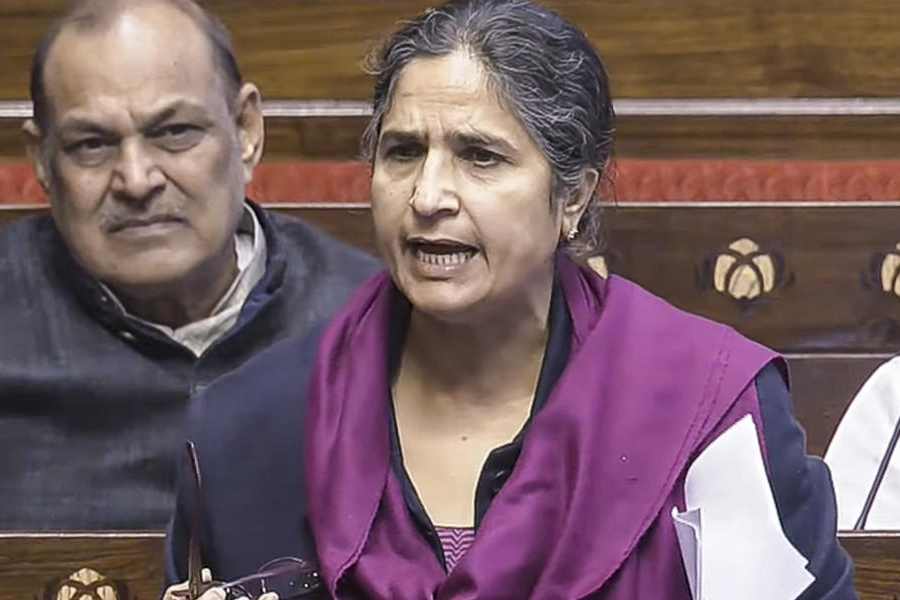Never in the history of organised pensions have so few owed so little to so many. The reference here is to the gender imbalances that are evident in old-age social security, policy reforms in the retirement savings space notwithstanding. A fresh batch of statistics has fortified what we have always suspected — that women in India have remained markedly behind men when it comes to savings and investments, especially those related to retirement. As for financial allocations for pensions, men have the lion’s share.
Figures released by India’s pension regulator underline relatively poor participation by women in the National Pension System, which, along with the Atal Pension Yojana, spearheads the government’s new policy on social security. The male-to-female (and transgender) subscription ratio has not altered significantly, implying a stagnancy, an undesirable situation that should change for the better. As for aggregate subscriptions to the NPS, the male subscription base has accelerated to three crore at the end of fiscal 2022 from 2.47 crore in the previous year. An addition of roughly a crore, considering the fact that the fiscal 2020 figure had stood at 2.02 crore. The number of female subscribers increased from 1.77 crore in 2021 (and 1.43 crore in 2020) to 2.19 crore at the end of the last documented period. The male-to-female ratio stood at approximately 59:41 in fiscal 2022.
The organised retirement sector in India, clearly skewed in favour of men, is not unlike what is prevalent in certain other third world countries. Social security authorities are well aware of the imbalances. Financially speaking, women are a lot more vulnerable than their male counterparts. Indeed, as for savings and investments, men dominate all the important metrics. The difference is particularly perceived on two critical fronts — retirement preparedness and old-age pensions. India is in poor shape on both counts. There is considerable pressure on state finances; savers face great longevity risk.
The government has a tremendous responsibility in terms of providing social security benefits to the poor and the marginalised sections. Remember, the aggregate pension bill and expenses stemming from other related commitments are not a small amount for the nation to bear. Only a series of legislative reforms, especially the ones that bring retirement savings closer to the capital market, can lead to improvements.
As for longevity risk, the individual saver is clearly in a precarious position. The average citizen, who has access to improved healthcare, is living longer these days. Inflationary trends, however, are depleting our resources at an accelerated rate. A large number of Indians will runout of savings before they die. The fact that many of us are almost entirely dependent on only fixed-income options (such as bank deposits and postal savings schemes which provide administered-rate returns) does not help matters. If inflationary forces persist and income levels do not improve, growth in savings will not keep pace with higher expenses.
Women are already at a disadvantage because of imbalances in income and disparities related to work. They often lag behind men in creating financial assets; their long-term wealth building initiatives typically start late in life. But the situation is set to modify. I say this on the basis of contemporary trends, some of which have been revealed in a survey conducted for the financial services sector. Its findings underline a general increase in financial awareness among women. Smartphones have facilitated the spread of relevant information, especially in urban and semi-urban locations. Women in smaller cities are believed to have made significant progress in terms of the use of technology. Investment and risk management products (mutual funds and insurance) have more women subscribers than before. These positive trends are expected to strengthen.
As for savings, women will gain ground in the days ahead. This will imply better appreciation of financial planning for their families and greater participation in investment decisions, leading to actual allocations to modern asset classes.
Nilanjan Dey is a retirement planning educator











